Hair Color Chart :Hair color is a potent expression of personal style and identity. Whether you’re looking to enhance your natural hue. Visit
A hair color chart is an indispensable tool. It not only helps you visualize different shades but also guides you through the process of selecting and achieving the color you desire. This comprehensive guide will explore the intricacies of hair color charts, their components, how to use them effectively, and much more.
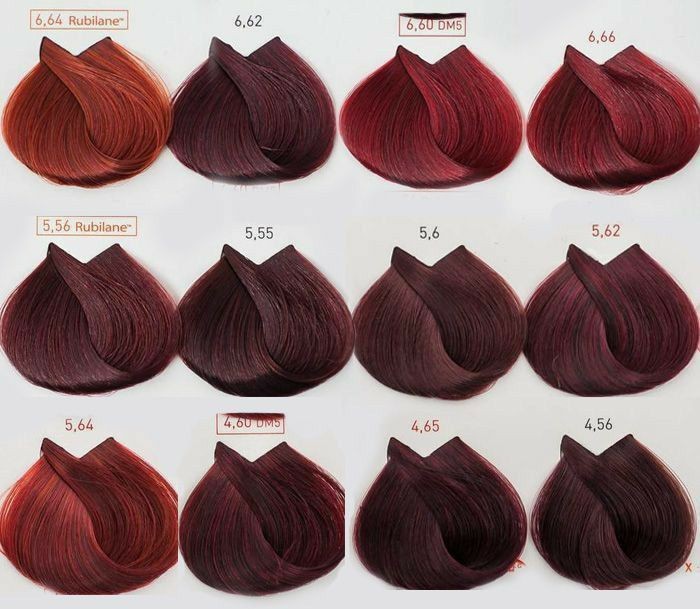
Table of Contents
- Introduction
- What Is a Hair Color Chart?
- How to Use a Hair Color Chart
- Types of Hair Color Charts
- Popular Hair Color Brands and Their Charts
- Factors Influencing Hair Color Results
- Tips for Choosing the Right Hair Color
- Maintenance of Your Hair Color
- Common Mistakes to Avoid
- Innovations in Hair Coloring
- Hair Color Trends for the Future
- Conclusion
- FAQs
What Is a Hair Color Chart?
A hair color chart is a visual representation that displays various hair colors and shades. These charts are crucial for anyone contemplating a change in hair color, whether you’re a seasoned stylist or a first-time DIYer. The primary purpose of a hair color chart is to help you match your desired shade with a corresponding color option, making the process of choosing a new hair color more straightforward.
Key Components of Hair Color Charts
- Color Levels: Hair color charts are usually organized by levels, which range from 1 to 10. Level 1 represents the darkest black, while Level 10 is the lightest blonde. Each level denotes a depth of color, allowing you to identify how light or dark you want your hair to be.
- Color Tones: Within each level, there are various tones. These can be categorized into warm (golden, copper), cool (ash, platinum), and neutral tones. Tones are crucial in adding dimension and ensuring that the color complements your skin tone.
- Swatches: These are small samples of the hair color applied to strands of hair. Swatches on a chart display how the color might look once applied. They are often shown on different hair types to give a realistic idea of the final result.
- Color Families: Hair color charts typically organize colors into families such as blondes, brunettes, reds, and fashion colors. This grouping helps you navigate through different shades within a preferred color category.
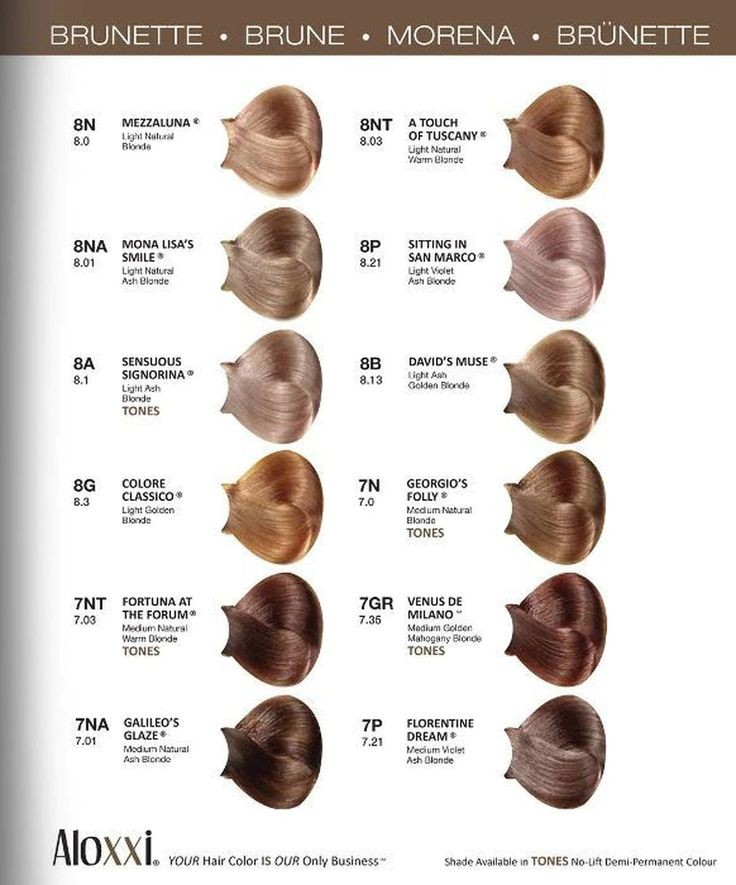
How to Use a Hair Color Chart
Using a hair color chart effectively requires understanding your current hair color, the desired outcome, and the nuances of different shades. Here’s a step-by-step guide to help you make the best choice:
Step 1: Identify Your Current Hair Color
Start by determining your current hair color. This can be done by comparing your hair to the levels shown on the chart. Knowing your starting point helps in selecting shades that will either enhance your existing color or achieve the desired transformation.
Step 2: Determine Your Desired Color Level
Decide how light or dark you want your hair to be. If you’re aiming for a significant change, such as moving from dark brown to blonde, you may need to consider pre-lightening your hair. Make sure to choose a level that matches your vision and complements your skin tone.
Step 3: Choose the Right Tone
Select a tone that suits your skin tone and personal preferences. For example, if you have a warm complexion, you might opt for warm tones like golden blonde or copper brown. Conversely, if you have a cool complexion, you may prefer cool tones like ash blonde or deep brown.
Step 4: Check for Color Swatches
Review the swatches on the hair color chart to see how the color will look on various hair types. Swatches give you an idea of how the color might appear once applied and help in setting realistic expectations about the final result.
Step 5: Consult with a Professional
While hair color charts are a helpful guide, consulting with a professional stylist can provide additional insights. A stylist can offer personalized advice based on your hair type, skin tone, and color preferences.
Types of Hair Color Charts
Hair color charts come in various formats and styles, each catering to different needs. Here are some common types:
1. Natural Hair Color Charts
Natural hair color charts display shades that resemble natural hair colors, including various blondes, browns, and reds. These charts are ideal for those seeking a subtle, natural look.
2. Fashion Hair Color Charts
Fashion color charts feature vibrant and unconventional shades such as pastels, blues, and purples. These charts are perfect for individuals looking to make a bold statement or experiment with unusual colors.
3. Temporary vs. Permanent Color Charts
Temporary hair color charts show shades for products that wash out after a few shampoos, while permanent color charts display options for long-lasting changes. Knowing the difference helps you choose the right product for your desired outcome.
4. Professional vs. DIY Charts
Professional color charts are often more detailed and used by stylists, while DIY charts are simplified for home use. Both types are crucial for achieving the desired look, but professionals may offer a wider range of options and expert advice.
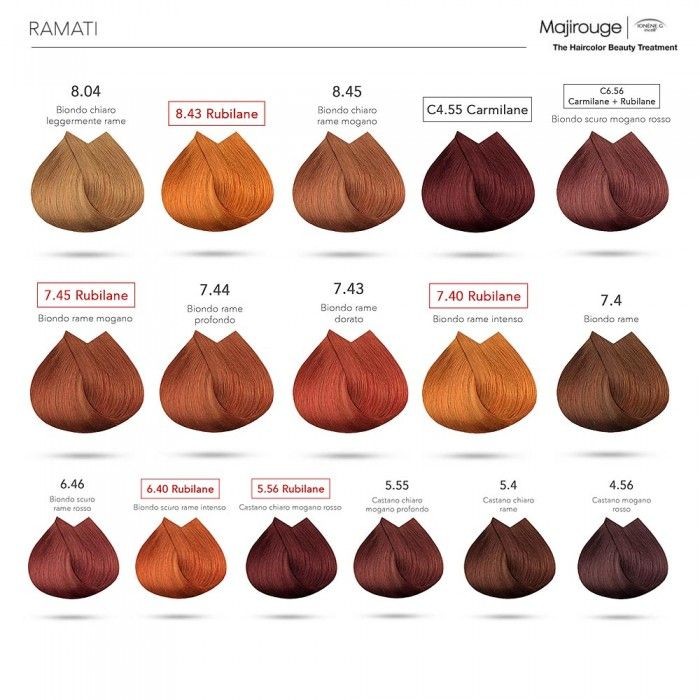
Popular Hair Color Brands and Their Charts
Several brands provide comprehensive hair color charts, each offering a unique range of shades and formulations. Here are a few notable ones:
1. L’Oréal Paris
L’Oréal Paris offers extensive hair color charts for both permanent and temporary colors. Their charts feature a wide array of natural and fashion shades, helping you find the perfect color for any occasion.
2. Clairol
Clairol is known for its user-friendly color charts that simplify the process of choosing a new shade. Their charts are designed to help you find the ideal match based on your current color and desired outcome.
3. Wella Professionals
Wella Professionals provides detailed hair color charts used by professionals. Their charts include a broad spectrum of shades and tones, offering comprehensive options for any hair color transformation.
4. Schwarzkopf
Schwarzkopf features an extensive selection of hair color charts, including options for bold and natural shades. Their charts help users make informed decisions about color choices and treatments.
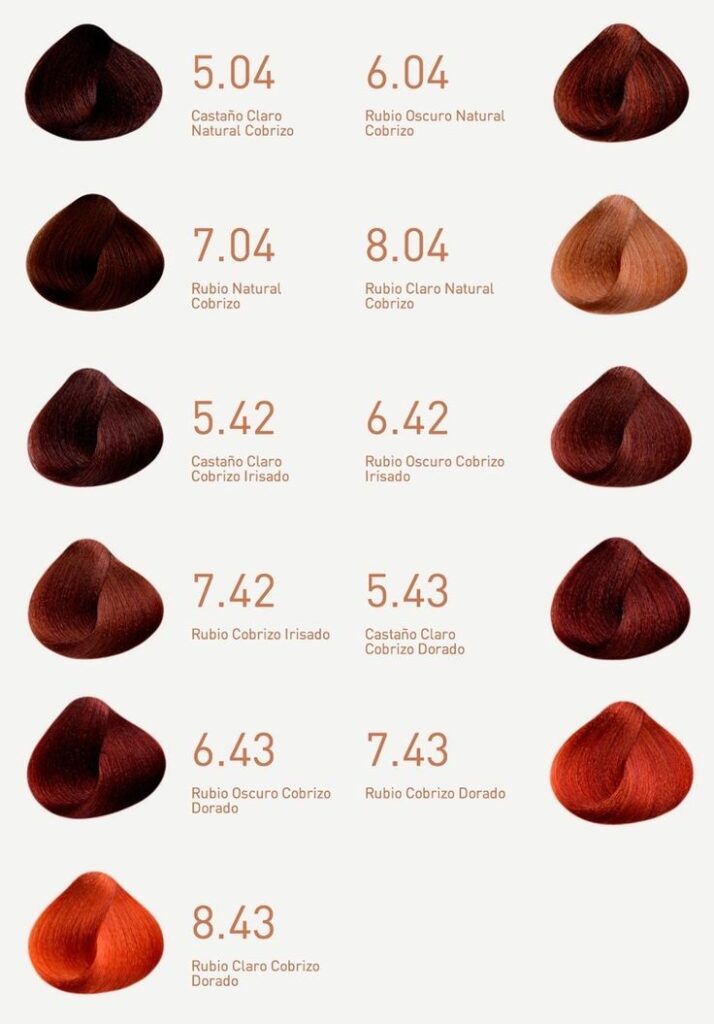
Factors Influencing Hair Color Results
Several factors can influence how a hair color will turn out, making it essential to consider these when using a hair color chart:
1. Hair Type and Texture
The texture and porosity of your hair can significantly affect how well it absorbs color. For example, porous hair may take color more quickly and intensely than non-porous hair. Understanding your hair’s texture helps in selecting the right color and formulation.
2. Previous Color Treatments
If your hair has been previously colored or treated, it may affect how new color applies. Existing color and treatments can alter the final result, so it’s essential to take this into account. You might need to use color removers or conditioners designed to prepare your hair for a new shade.
3. Lighting
Hair color can appear differently under various lighting conditions. It’s a good idea to view color swatches in natural light to get the most accurate representation. Lighting can impact how warm or cool a color looks once applied.
4. Skin Tone
Choosing a hair color that complements your skin tone can enhance your overall look. Warm tones generally suit individuals with warm skin undertones, while cool tones are better for those with cooler undertones. Matching your hair color to your skin tone can create a harmonious and flattering appearance.

Tips for Choosing the Right Hair Color
Selecting the perfect hair color involves more than just picking a shade from a chart. Here are some additional tips to help you make the right choice:
1. Consider Your Lifestyle
Choose a color that fits your lifestyle and maintenance preferences. Some shades require more frequent touch-ups and care than others. If you lead a busy life, you might want to opt for a low-maintenance color that doesn’t require frequent salon visits.
2. Test Before Committing
If possible, test the color on a small section of hair before applying it to your entire head. This test can give you an idea of how the color will look and how your hair reacts to the dye.
3. Consult with a Stylist
A professional stylist can offer valuable insights and recommendations based on your hair type, skin tone, and personal preferences. They can help you select a color that not only suits you but also enhances your overall appearance.
4. Review Before and After Photos
Look at before and after photos of individuals who have chosen similar shades to get an idea of how the color might look on you. This visual reference can help set realistic expectations about the final result.
Maintenance of Your Hair Color
Once you’ve achieved your desired hair color, proper maintenance is crucial to keeping it vibrant and fresh. Here are some tips for maintaining your hair color:
1. Use Color-Safe Products
Shampoos and conditioners specifically designed for color-treated hair help preserve your color and prevent fading. These products are formulated to be gentle on color and often contain ingredients that help lock in the dye.
2. Avoid Excessive Heat
Heat styling tools can cause color to fade more quickly. Use heat protectant products and limit your use of styling tools to preserve the vibrancy of your hair color.
3. Protect from Sun Exposure
UV rays can dull your hair color. Protect your hair from the sun by wearing a hat or using UV-protectant hair products. This can help maintain the richness of your color and prevent it from becoming brittle.
4. Schedule Regular Touch-Ups
Depending on your hair growth and the type of color you’ve chosen, you may need regular touch-ups to maintain your desired look. Schedule appointments with your stylist or follow a touch-up routine to keep your color fresh and vibrant.
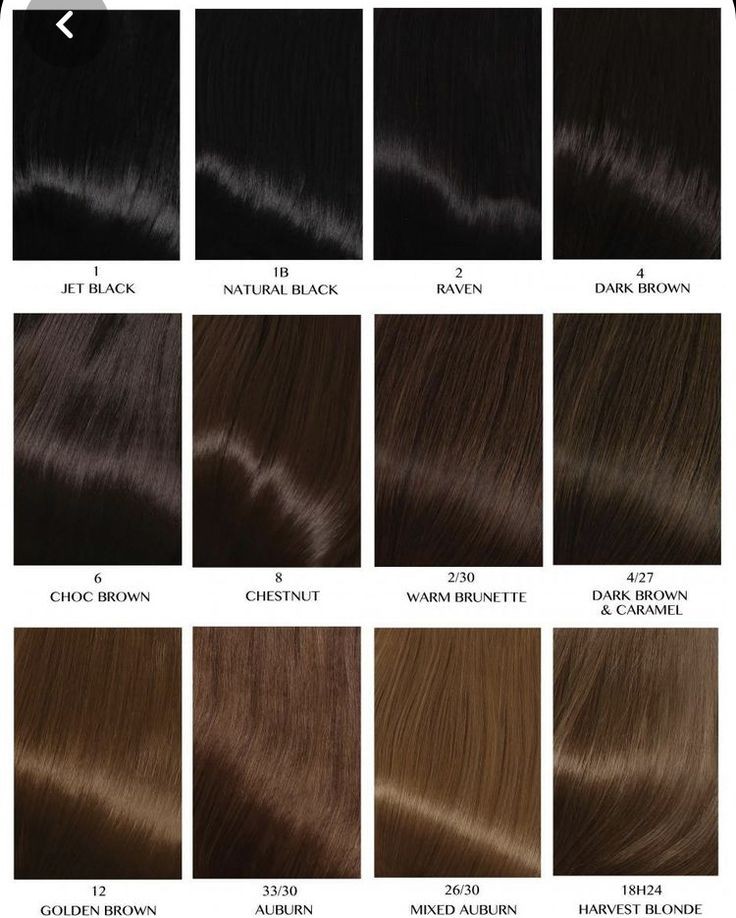
Common Mistakes to Avoid
When choosing and applying hair color, there are several common
mistakes to avoid:
1. Ignoring Underlying Tones
Failing to account for underlying tones in your hair can lead to unexpected results. Always consider your hair’s natural undertones and how they will interact with the new color.
2. Choosing a Color That Doesn’t Complement Your Skin Tone
Selecting a color that doesn’t complement your skin tone can lead to an unflattering appearance. Use the hair color chart to find shades that harmonize with your skin undertones.
3. Overlooking Hair Condition
Applying color to damaged hair can result in uneven results and further damage. Ensure your hair is in good condition before coloring and use treatments to restore health if needed.
4. Not Performing a Strand Test
Skipping a strand test can result in undesirable color outcomes. Always perform a strand test to see how your hair reacts to the dye and to ensure the color matches your expectations.
Innovations in Hair Coloring
The world of hair coloring continues to evolve, with new techniques and products enhancing the coloring experience. Here are some of the latest innovations:
1. Ombre and Balayage Techniques
Ombre and balayage are popular techniques that create a gradient effect or natural highlights in the hair. These methods offer a more customized and natural look compared to traditional all-over color.
2. At-Home Color Kits with Advanced Formulas
Modern at-home color kits come with advanced formulas that provide professional-quality results. These kits often include conditioners, glosses, and other products to help maintain the color and health of your hair.
3. Color-Depositing Shampoos and Conditioners
Color-depositing shampoos and conditioners allow you to maintain or enhance your hair color between dyeing sessions. These products help to refresh and revive color while keeping your hair healthy.
4. Personalized Hair Color Consultations
Some brands and salons now offer personalized hair color consultations using technology such as virtual try-ons and AI-driven recommendations. These tools help you visualize how different shades will look on you before making a final decision.
Hair Color Trends for the Future
The future of hair coloring is bright, with trends continually emerging and evolving. Here are some anticipated trends in hair color:
1. Natural and Sustainable Colors
There is a growing trend towards natural and sustainable hair colors. Many consumers are seeking products that are eco-friendly and made from natural ingredients.
2. Bold and Experimental Shades
Bold and experimental shades, including neon colors and unconventional hues, are expected to continue gaining popularity. These colors allow individuals to express their creativity and stand out.
3. Customized Color Blends
Customized color blends, where multiple shades are mixed to create a unique and personalized look, are becoming more popular. This trend allows for greater customization and individuality.
4. Technology-Driven Innovations
Advancements in technology, such as virtual color simulations and AI-driven color recommendations, will continue to shape the future of hair coloring. These innovations will make it easier for individuals to choose and achieve their desired hair color.
Conclusion
A hair color chart is more than just a tool; it’s a gateway to discovering and achieving your ideal hair color. By understanding how to use these charts effectively, considering the factors that influence color results, and following proper maintenance practices, you can enjoy a vibrant and fresh look.
Whether you’re looking to make a subtle change or a bold transformation, the right hair color chart can guide you in making informed decisions. Consult with professionals, experiment with different shades, and explore the wide range of options available through leading brands such as L’Oréal Paris, Clairol, Wella Professionals, and Schwarzkopf.
By following these guidelines and utilizing the information provided, you can embark on a successful journey to finding your perfect hair color. Embrace the possibilities and enjoy the transformative power of hair color.
FAQs
Q1: What is a hair color chart and why is it important?
A hair color chart is a visual guide that displays a range of hair colors and shades, organized by levels and tones. It helps you visualize how different colors will look on your hair, making it easier to choose a shade that matches your preferences and complements your skin tone. It is important because it provides a reference for selecting hair colors, ensuring that you have realistic expectations about the final result.
Q2: How do I read a hair color chart?
To read a hair color chart, start by identifying the color level, which ranges from 1 (black) to 10 (light blonde). Each level indicates the depth of the color. Within each level, you will find various tones such as warm, cool, or neutral. Match your current hair color to the chart’s levels and select a tone that complements your skin tone. Review the swatches to see how the color may look once applied to hair.
Q3: What factors should I consider when choosing a hair color from a chart?
When choosing a hair color, consider the following factors:
Current Hair Color: Identify your starting color to choose a shade that will show up as desired.
Desired Color Level: Decide how light or dark you want your hair to be.
Skin Tone: Choose a tone that complements your skin undertones (warm, cool, or neutral).
Hair Type and Texture: Understand how your hair’s texture and porosity will affect color absorption.
Maintenance: Consider how often you’re willing to touch up your color and the level of care required.
Q4: What is the difference between temporary and permanent hair color charts?
Temporary hair color charts display shades for products that wash out after a few shampoos, ideal for short-term changes or experimenting. Permanent hair color charts show options for colors that last until new hair growth occurs or the color is chemically removed. Permanent colors provide a long-lasting change but require regular touch-ups to maintain.

